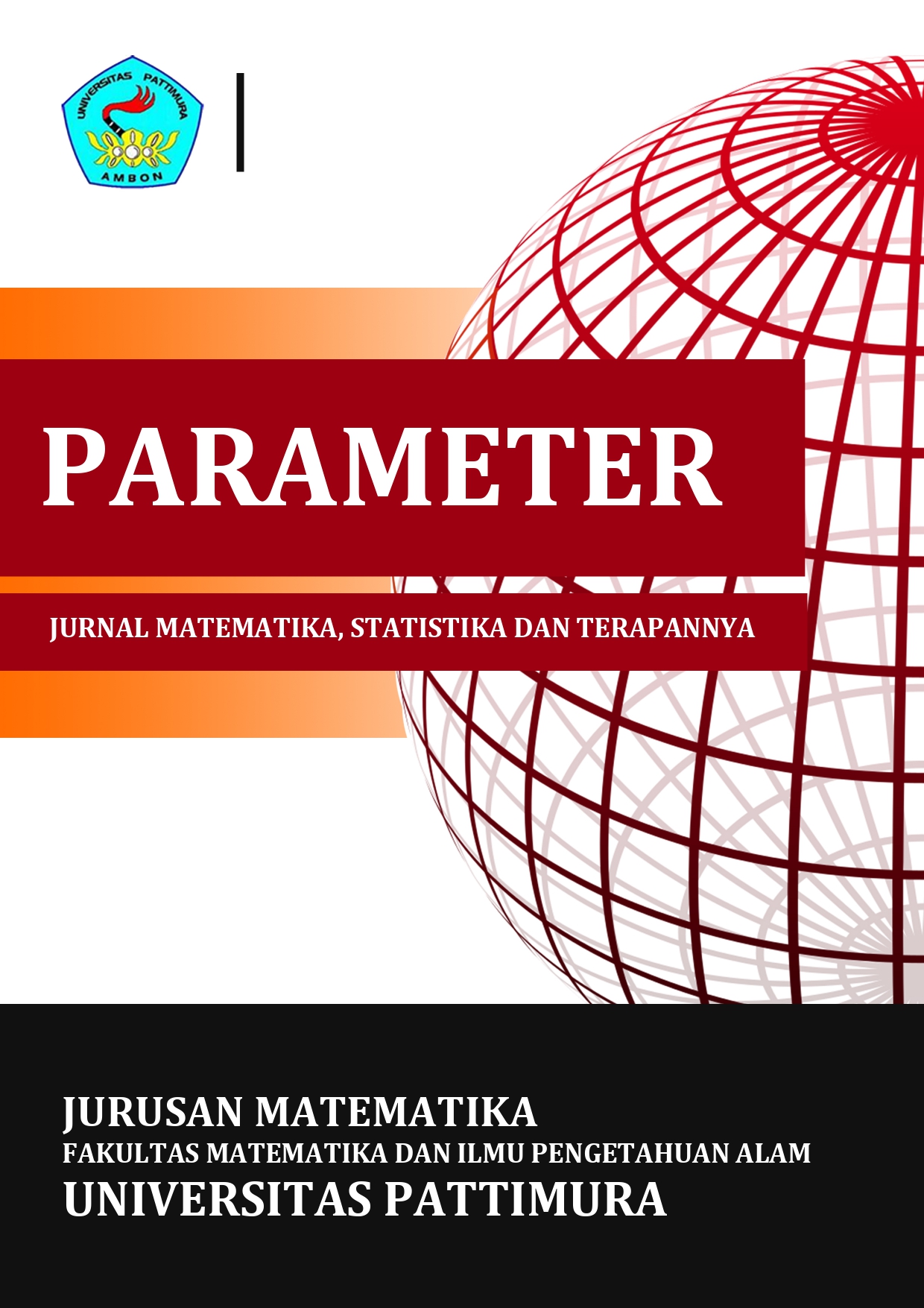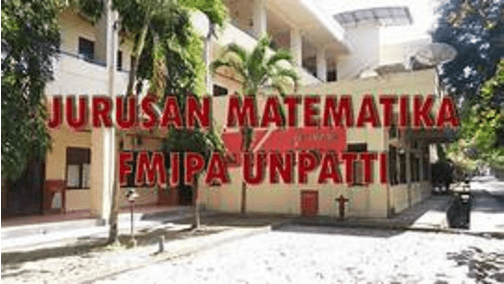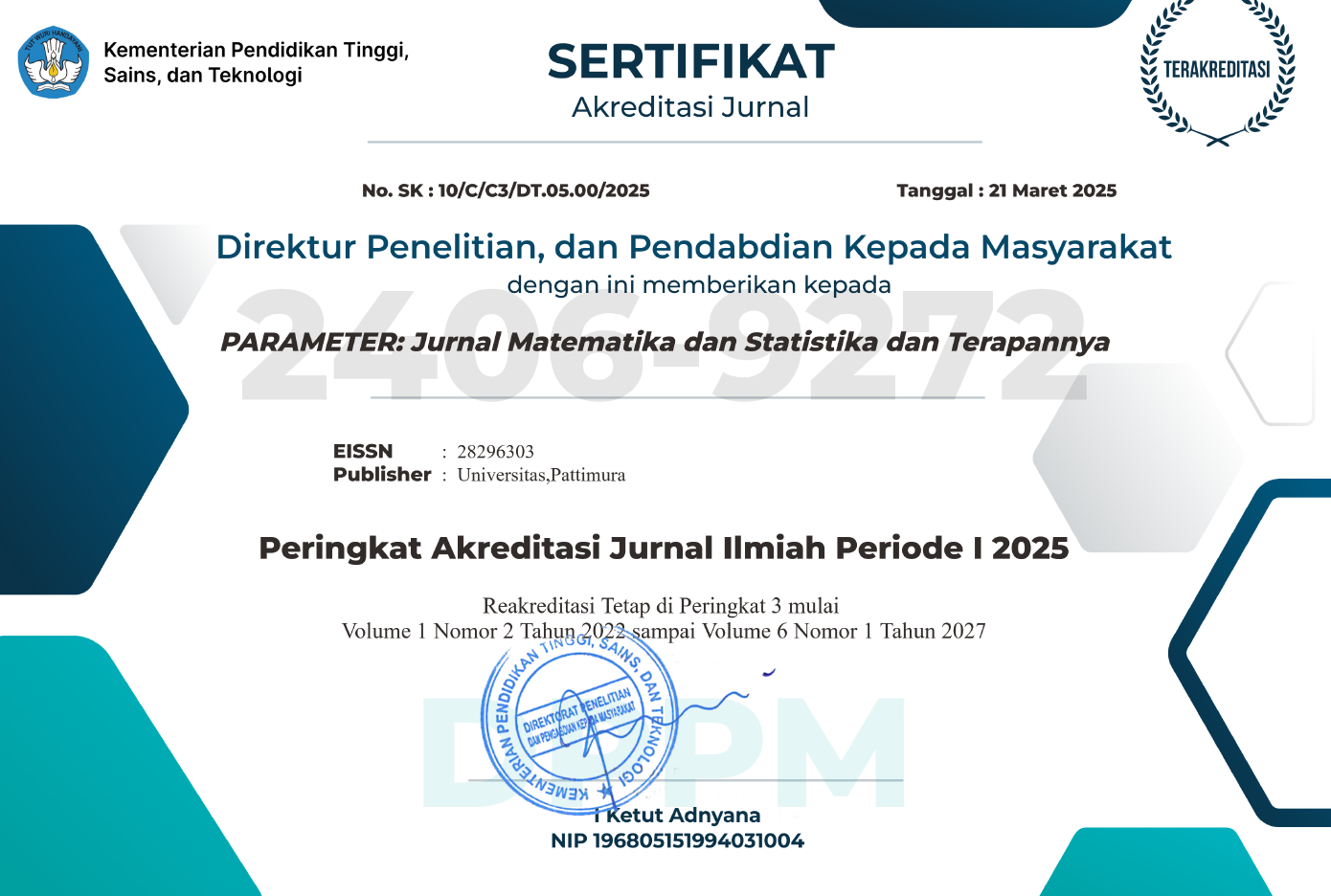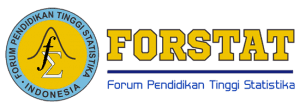TREND ANALYSIS OF EARLY MARRIAGE CASES IN SOUTH SULAWESI USING VECTOR AUTOREGRESSIVE FOR STUNTING SOLUTION
Abstract
The purpose of this study is to use the VARmodel to predict and project the number of early marriage cases in South Sulawesi for the upcoming year. The data used in this analysis comes from the Dinas Pemberdayaan, Perlindungan Perempuan dan Anak, and the Pengadilan Tinggi Agama Makassar, covering the period from January 2017 to September 2024. The results indicate that the VAR(2) model is the best choice according to the AIC for determining the optimal lag length. To examine the relationships between variables, a Granger causality test was conducted for each district and city. The findings reveal significant causal relationships in most districts, suggesting that changes in one district can influence early marriage trends in others. The MAE method was used to calculate the prediction error. Some regions, such as Sengkang, Pangkajene, and Pare-Pare, showed an increasing trend in the projected number of early marriage cases from October 2024 to September 2025. In contrast, Barru and Masamba experienced a decline in these cases. Reducing early marriages could help lower rates of stunting, as early marriage is often linked to maternal and child health issues as well as malnutrition. These findings are valuable for developing effective policies aimed at reducing early marriage and its associated consequences for the people of South Sulawesi.
Downloads
Copyright (c) 2025 Astuti Astuti, Wahidah Sanusi, Suwardi Annas

This work is licensed under a Creative Commons Attribution-ShareAlike 4.0 International License.




















